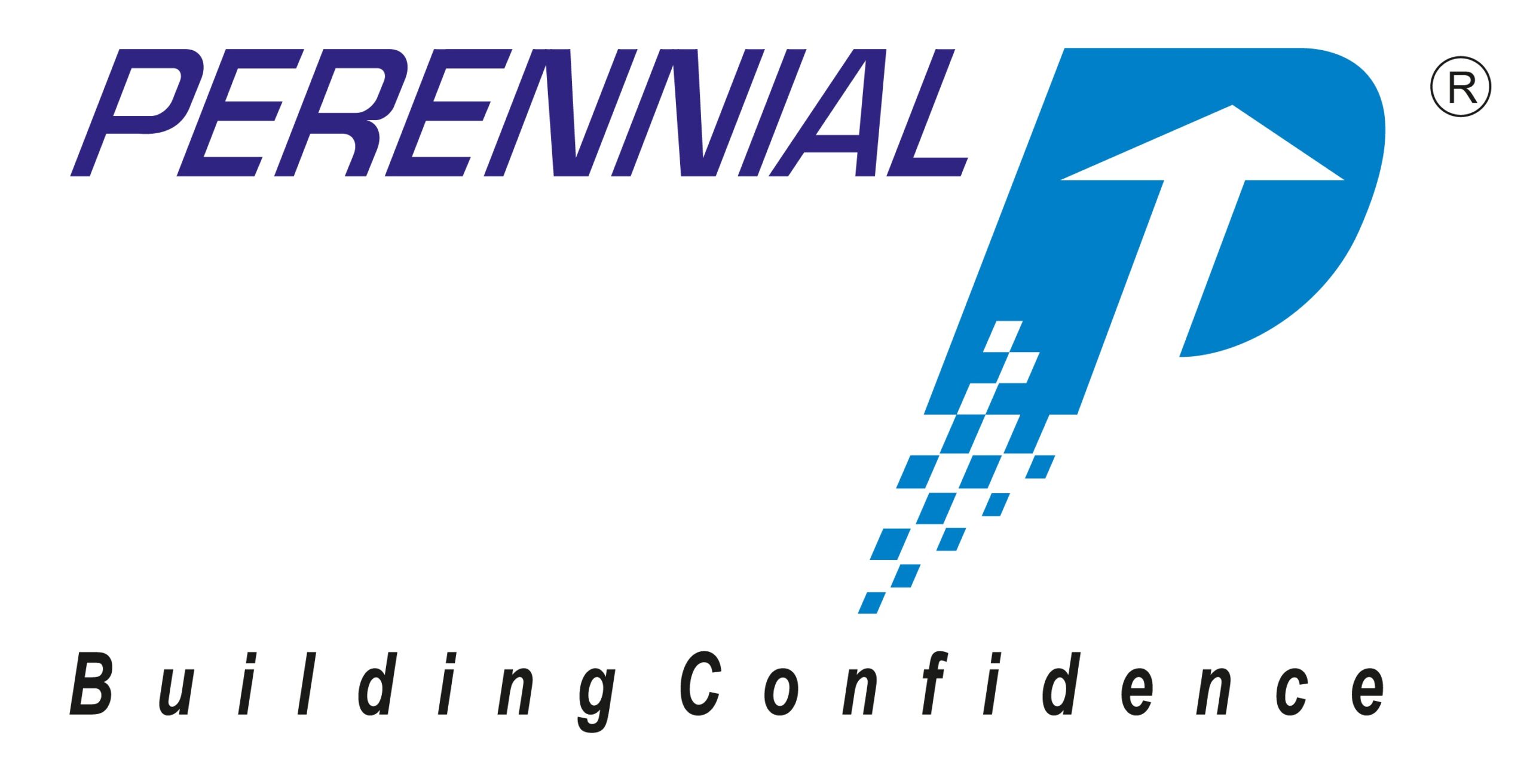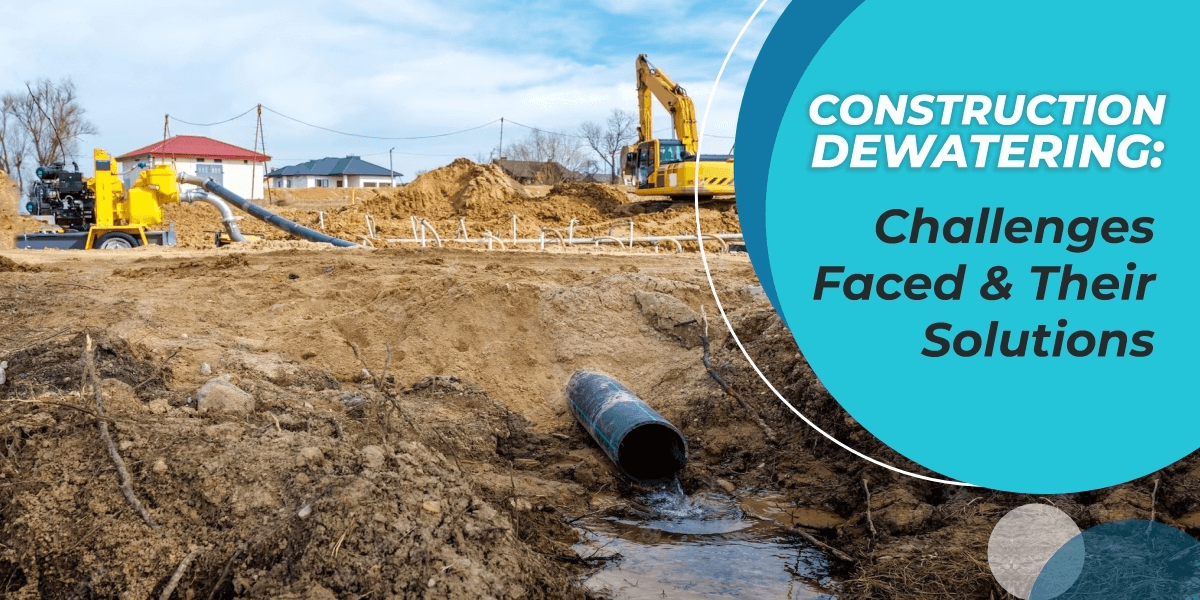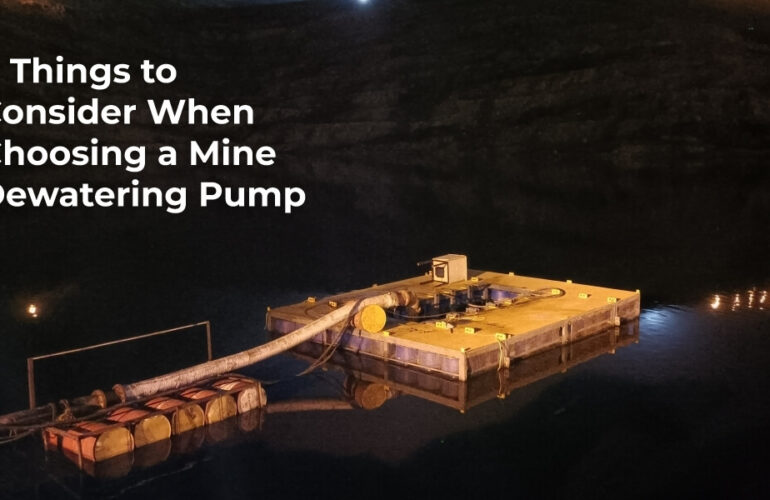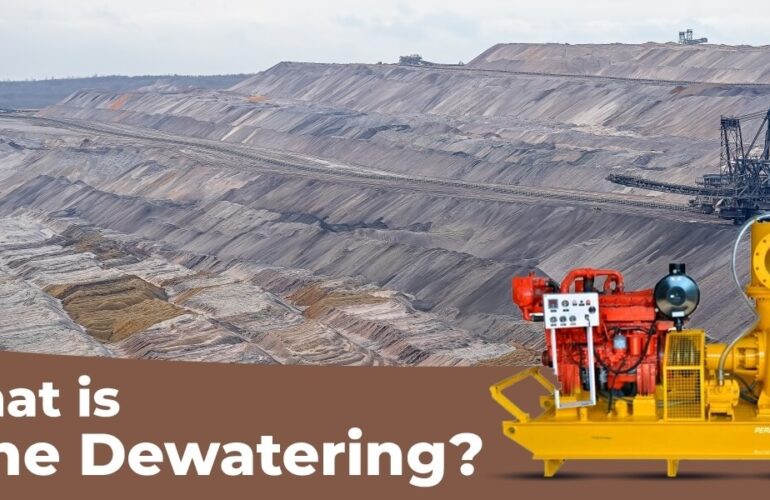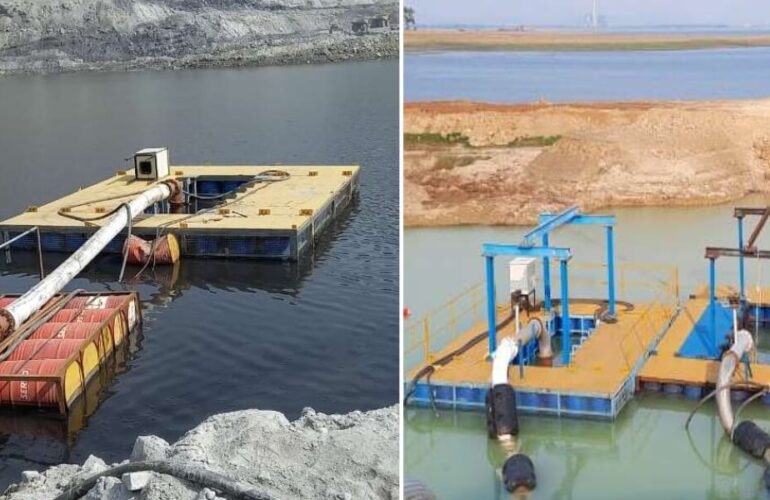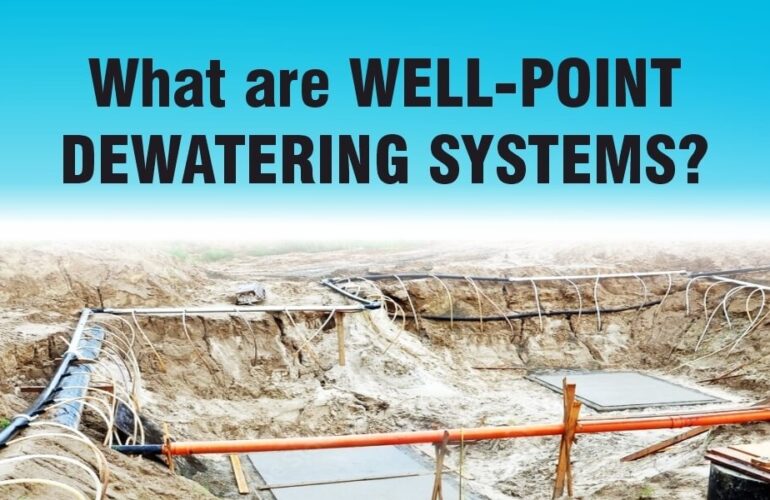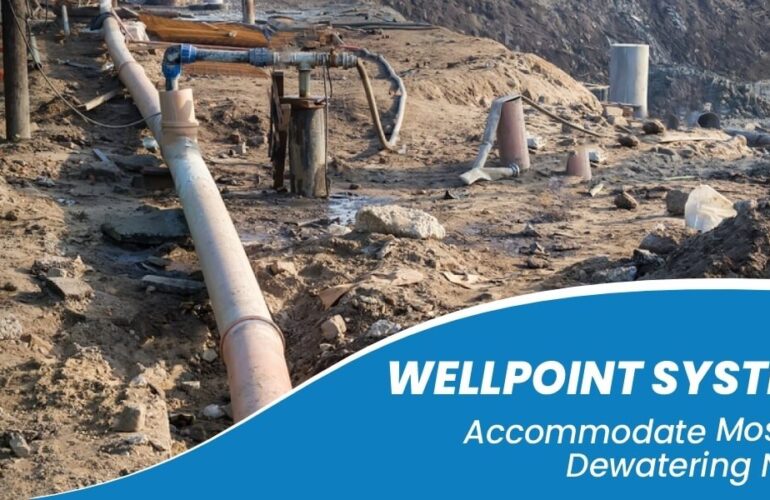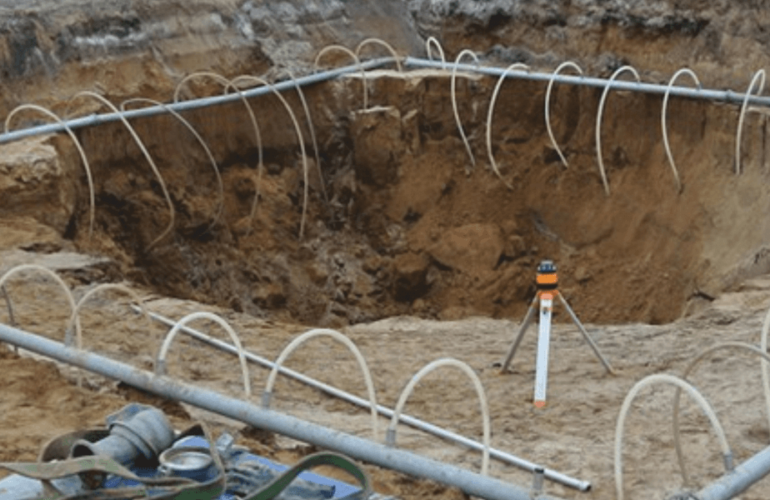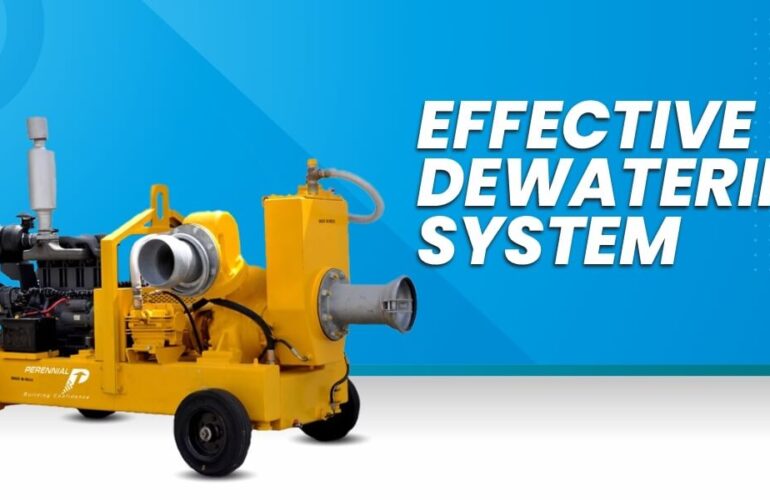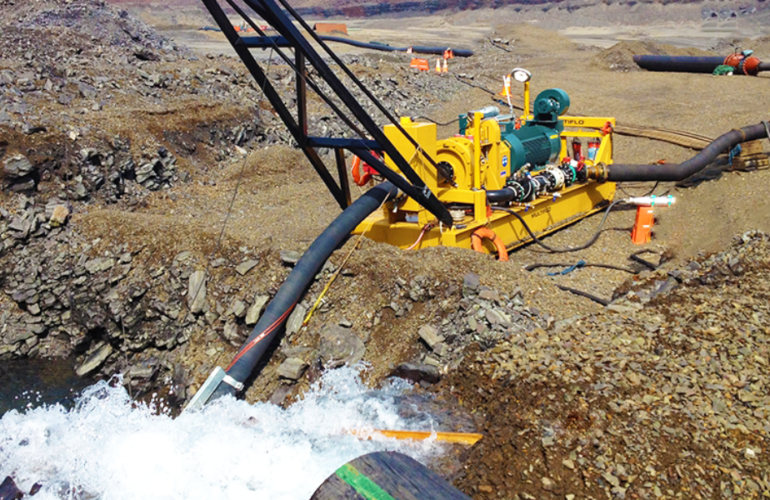What is Construction Dewatering?
To help ensure the safety and success of excavation and construction projects, the construction dewatering method is used. This is a critical process in the construction industry. The construction dewatering method provides several benefits which include the stability of excavation, the prevention of soil erosion, the protection of equipment, and the preservation of the environment.
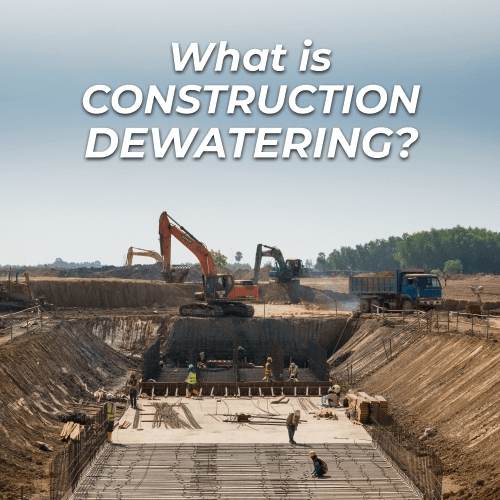
Do you know? If for a foundation or for a project, a wrong dewatering method is chosen then the results can be costly in terms of time, cost, reputation, and safety. Thus, choosing the correct dewatering method is vital. Many companies provide dewatering pumps for rent and from which you can opt for one.
In this blog, we will explore different methods of construction dewatering, what are the factors to consider when planning construction dewatering, and the challenges and solutions in the construction dewatering process.
Benefits of Construction Dewatering
There are several benefits of Construction Dewatering. With Perennial Technology’s dewatering pumps for construction, you can experience these benefits. Perennial provides other dewatering pump rental solutions too.
Stability of Excavation
This is one of the most critical benefits of Construction dewatering. If the excavation is below the groundwater level, the presence of water can apply hydrostatic pressure on the walls of the excavation. This pressure further leads to instability, which can result in equipment damage, cave-ins, and injury to workers. Thus, dewatering the site reduces the water pressure, ensuring the stability of the excavation. As a result, this enhances the safety of the workers.
Stability of Excavation
Groundwater causes soil erosion. This can lead to the collapse of the excavation walls and this can be catastrophic. Dewatering the site will help reduce the amount of water in the excavation. A reduced amount of water minimizes the risk of soil erosion and preserves the structural integrity of the excavation walls.
Stability of Excavation
This is another benefit of Construction Dewatering. Water can damage Construction equipment severely. This can lead to delays, decreased productivity, and additional costs. Here, dewatering helps to remove the water from the site. This will minimize the risks of equipment damage and helps to ensure that the construction project proceeds efficiently.
Environmental Protection
The dewatering process is critical in protecting the environment. Because water removed from the excavation sites may contain contaminants, such as chemicals or oil, that could harm the environment if not properly disposed of. Dewatering helps to remove these contaminants and prevents them from entering the environment. Thus dewatering minimizes the environmental impact of the construction project.
Which are the Different Methods of Construction Dewatering?
There are several different methods of Construction Dewatering that contractors can use. Contractors select these methods and appropriate dewatering pumps for construction depending on the site’s geology, depth of the groundwater table, size, and other factors.
These Construction Dewatering methods include:-
- Well-Point Systems One of the most popular methods of construction dewatering is a well-point dewatering system. In this method, small diameter wells are installed around the excavation site. These small wells are connected to a header pipe. The header pipe is then further joined to a vacuum pump. The vacuum pump does the work of removing the water from the wells. This reduces the water table and in this way it allows the excavation to proceed.
- Deep Well Systems In Deep well systems, a well is drilled into the ground and then a submersible dewatering pump is installed at the bottom of the well. The pump does the work of removing the water from the well and discharging it to the surface. Commonly, this method is used in deep excavations or where the water table is located at significant depths.
- Sump Pumping Method In the Sump Pumping method, horizontal drains are used. They involve the installation of perforated pipes in the ground. The pipes are connected to a sump, which is then further connected to a pump. The pump discharges water to the surface that is removed from the sump. This method is commonly used in areas with shallow groundwater tables.
- Eductor Wells Educator wells install a well with a high-pressure jet at the bottom. The jet present at the bottom creates a vacuum that draws water into the well. The water from the well is then discharged to the surface. Educator wells are commonly used in areas where the groundwater table is shallow and the soil is permeable.
Factors to Consider in Construction Dewatering
Several factors should be considered when planning construction dewatering. They are site geology, cost, discharge point, timeframe, local regulations, etc. These factors can impact the efficiency and effectiveness of the dewatering process.Challenges Faced and Their Solutions in Construction Dewatering
The construction dewatering process can be challenging many times. Contractors may encounter several hurdles during the dewatering process. Here we will list some common challenges and their solutions:-- Clogging of Dewatering Equipment Due to the continuous effect of sand or debris on dewatering equipment, it can become clogged. This reduces its effectiveness. Regular maintenance of the equipment and cleaning can prevent clogging. This ensures that the equipment is working efficiently.
- Inadequate Dewatering If the dewatering system is not properly designed or installed, inadequate dewatering can occur. It is the responsibility of contractors to ensure that the dewatering system is designed in a way that it can handle the expected groundwater flow and that the equipment is correctly installed.
- Environmental Concerns Groundwater depletion or contamination are some of the environmental impacts of Construction dewatering. Contractors should carefully consider such environmental impacts and take steps to minimize these impacts. The steps to minimize these impacts can be using environmentally-friendly dewatering methods and properly disposing of the water.
Summing Up
Perennial Technologies can provide assistance in construction dewatering. We provide a variety of dewatering pumps and systems designed for various applications, including construction dewatering. Our pumps are efficient and durable. Thus they are an ideal choice for construction sites.
Perennial Technologies offers help to contractors to determine the most appropriate dewatering method for their projects. We, at Perennial, have established ourselves as a trusted and reliable partner for construction dewatering.
Thus, to conclude we can say that construction dewatering is an essential process that requires careful planning and execution. Contractors should seek the help of experts to ensure that their construction projects proceed efficiently, safely, and within local regulations. With our support and guidance contractors can be confident that their construction projects will proceed without any unplanned or accidental issues.
At Perennial Technologies, we help and guide you with the correct selection of the dewatering method. We provide you with cost-effective dewatering pump rental solutions!
So, without any doubt, you can choose dewatering pumps for rent from Perennial.
